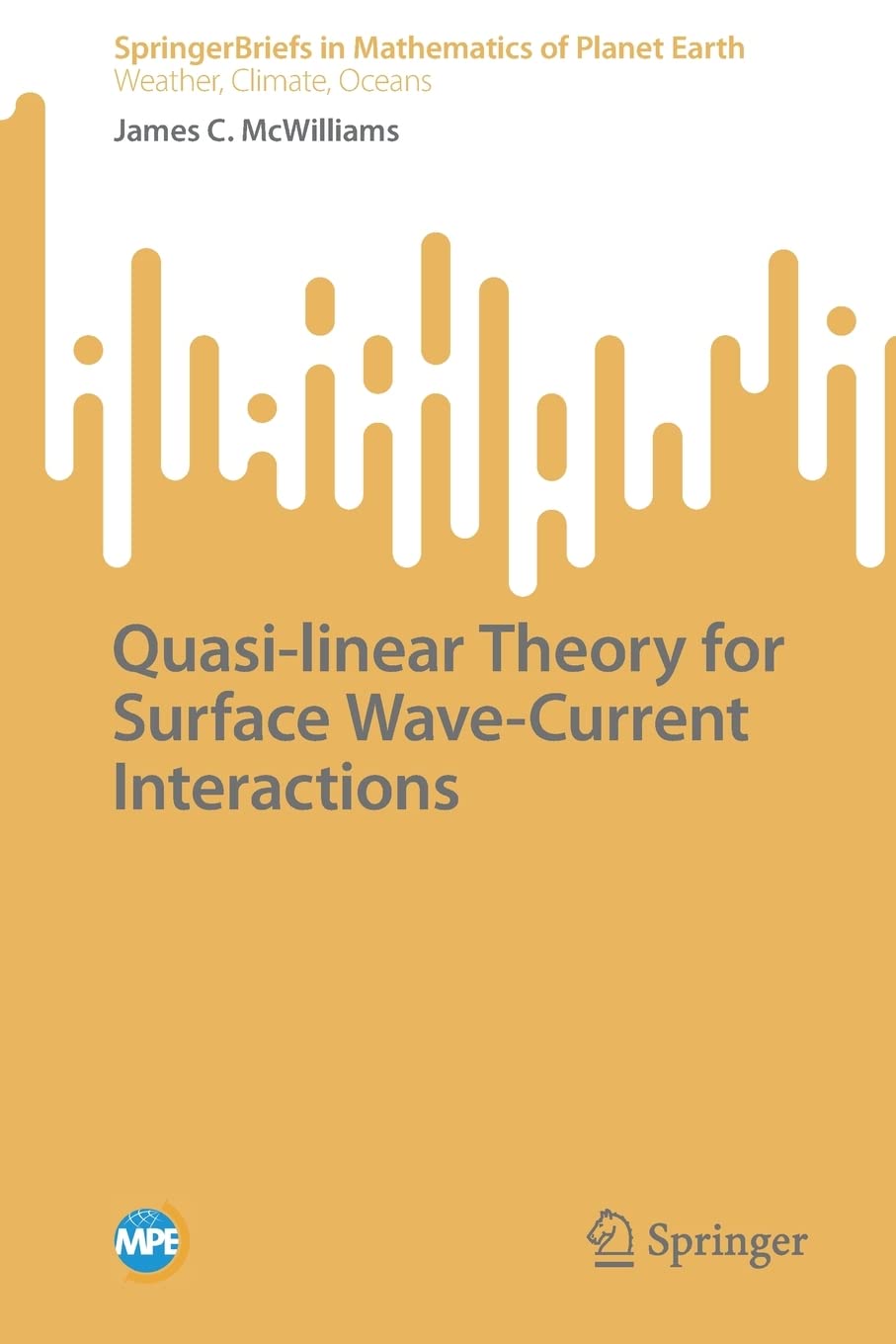

Most ebook files are in PDF format, so you can easily read them using various software such as Foxit Reader or directly on the Google Chrome browser.
Some ebook files are released by publishers in other formats such as .awz, .mobi, .epub, .fb2, etc. You may need to install specific software to read these formats on mobile/PC, such as Calibre.
Please read the tutorial at this link: https://ebookbell.com/faq
We offer FREE conversion to the popular formats you request; however, this may take some time. Therefore, right after payment, please email us, and we will try to provide the service as quickly as possible.
For some exceptional file formats or broken links (if any), please refrain from opening any disputes. Instead, email us first, and we will try to assist within a maximum of 6 hours.
EbookBell Team

0.0
0 reviewsThis book introduces a mathematical theory for the interaction of oceanic surface gravity waves and oceanic currents. This theory is formulated using the quasi-linear approximation for a uniform density fluid with a free surface and it provides wave-averaged expressions for the wave amplitudes and for the dynamical evolution of the currents. The surface gravity wave–current interaction theory is a more complete theory than previous with respect to an asymptotic expansion in the small parameter V/C, where V is a current speed and C is a wave speed. This book also illustrates the formal theory with several examples, and the path for its implementation in more realistic wave and circulation models is envisioned.
This book is appealing to oceanic research scientists and mathematicians interested in geophysical fluid dynamics.